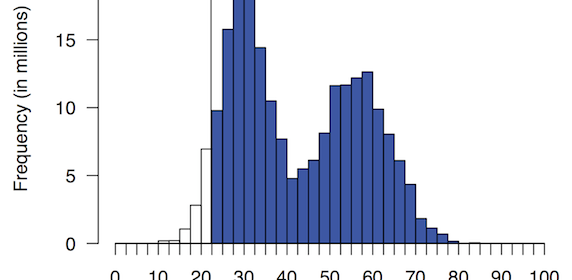This study explores the ranges of humans’ physical capabilities and how these ranges can be considered while creating designs, including designs that are universal. Universal design is a design technique used to minimize the capability requirements of products without hindering functionality. It revolves around creating products that everyone can use, regardless of any disabilities. Designers frequently focus on creating a design for a specific target market that does not include users with disabilities; however, recent studies have shown that creating designs for both people with and without disabilities is beneficial for ethical and financial reasons, and often results in an improved design for all. Therefore, human capability data can be used to create universal designs appropriate for the vast ranges of capabilities that exist in people with and without disabilities. The proposed methodology specifies how capability data can be used to determine requirements for typical, accessible, and universal design types, which are distinguished by the capabilities of the populations for which they are each designed. A grip strength example is presented that demonstrates how these capability requirements are calculated. Furthermore, several defining aspects of universal design are identified, and a modification to the Seven Principles of Universal Design is proposed to include these defining aspects. The primary contributions of this research are: (1) specific methods for calculating the capability levels necessary for typical, accessible, and universal designs; (2) an evaluation of the differences between universal designs and accessible designs; and (3) a modification to the Seven Principles of Universal Design that will help to prevent designers from mistakenly creating accessible designs while intending to create universal designs.

